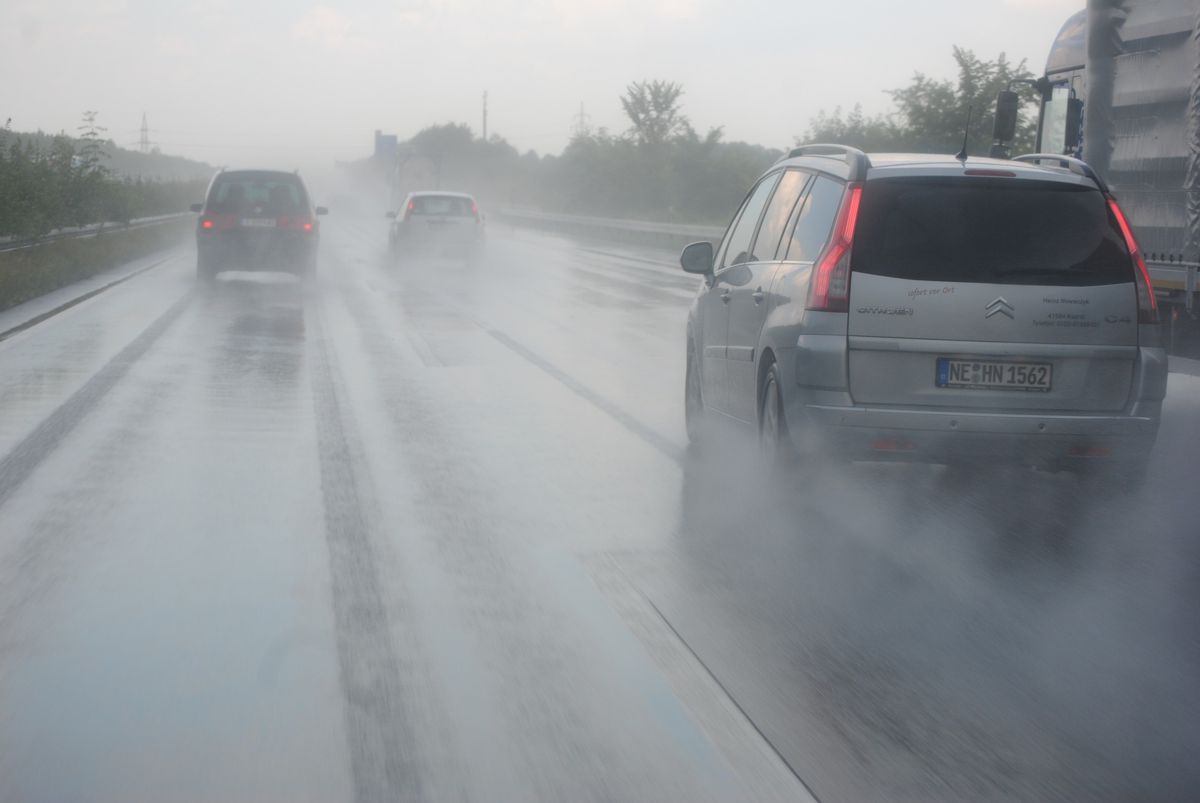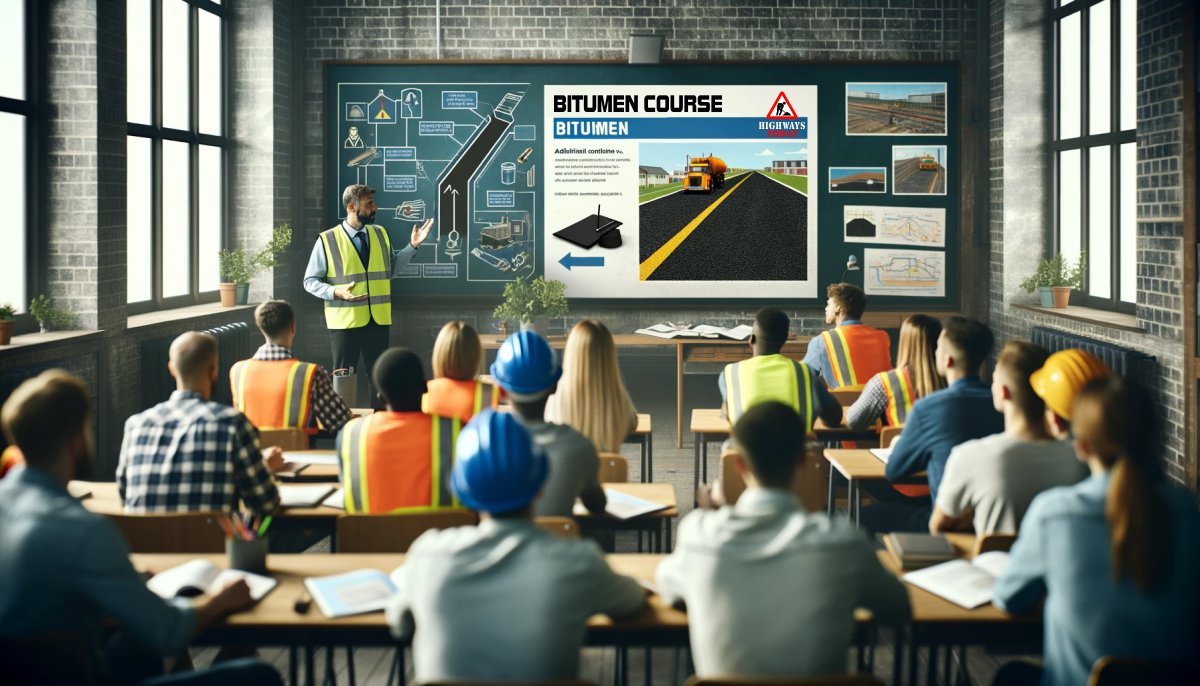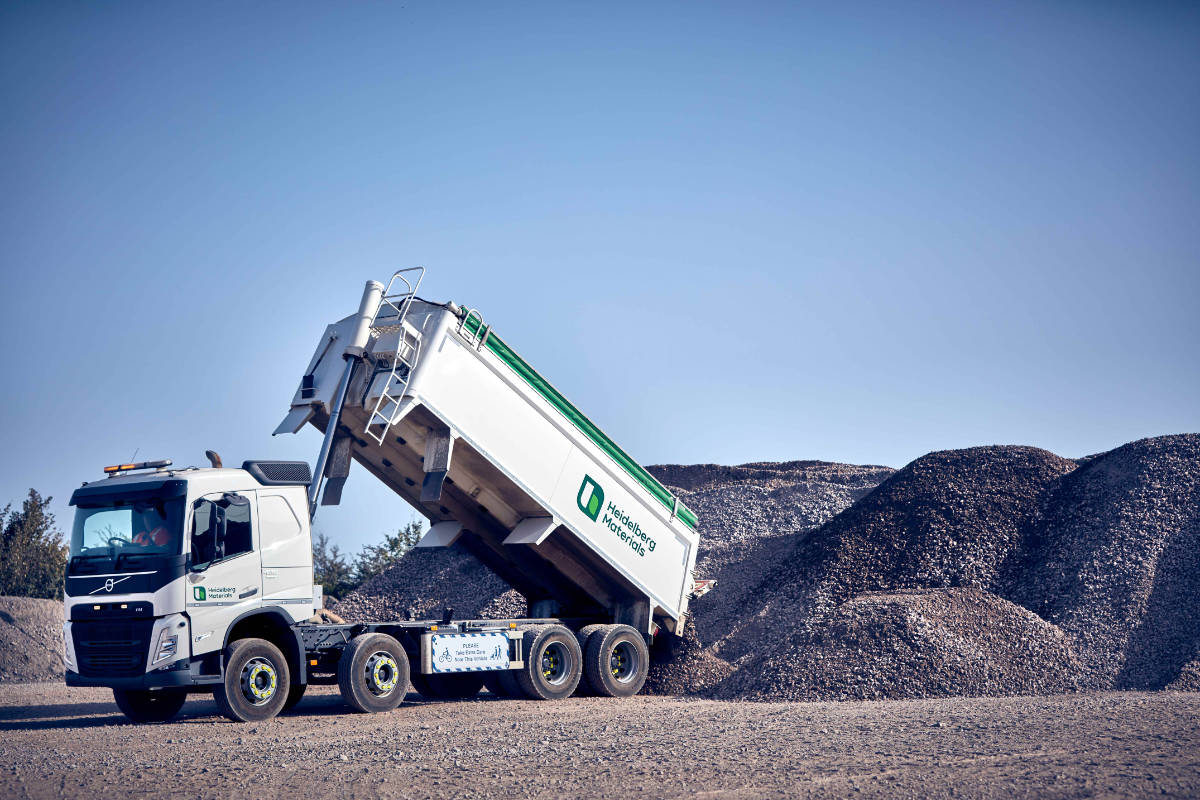Defensive driving and how it can help to keep you safe
Whether it be speeding, moving into another lane without indicating or following behind too closely, car accidents can occur in the blink of an eye.
It can be difficult to predict the actions of other drivers on the road, which can ultimately affect the safety of both motorists and pedestrians.
Whilst you’re unable to influence how others drive, updating your defensive driving skills can help to prevent the threats caused by erratic drivers. If you suffer an injury as a result of someone else’s driving mistakes, you could be eligible for compensation depending on the circumstances.
In this guide, we’ll discuss some of the most effective and important defensive driving skills that you can put into practice the next time you’re on the road.

Drive at an appropriate speed
The higher your speed, the more likely you are to lose control of your vehicle and crash. Even just an increase of 10mph can increase the risk of a crash by 9.1%.
Assess the conditions of the road and adjust your speed accordingly. For example, factors like snow and rain will require you to travel much slower, especially around bends or country roads.

Keep your distance
When following another vehicle, you need to make sure that you keep a reasonable distance behind. If the driver was to suddenly brake, an accident should be preventable. If you are not able to respond in good time, you are likely to be found at fault and have to pay for repairs to a third party’s vehicle.
A great tip when following a vehicle is the three-second rule. This means maintaining a three-second time gap between you and the car in front. You can monitor this by counting the time taken between you both passing by the same sign. Should they stop abruptly, you then have time to react safely.
This distance should be increased during bouts of bad weather; ideally, this should be doubled to improve safety on the road.

Pay close attention to your surroundings
It’s essential that you constantly assess your surroundings during each journey. At any moment, a pedestrian or cyclist may appear or a car may suddenly try to overtake you. Keep checking your mirrors and try to scan the conditions ahead of you.
If you sense that a vehicle is driving dangerously and may cause an accident, try pulling up on the side of the road when it is safe to do so. You could also reduce your speed and allow them to carry on ahead of you.
You should also be considerate when driving, particularly when trying to change or merge lanes and exit junctions. Do not assume cars will allow you to do so and be prepared to react. More commonly, drivers will leave their indicators on by mistake, so it’s always best to anticipate the worst-case scenario and plan your course of action accordingly.















